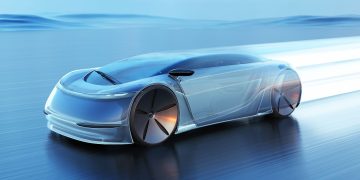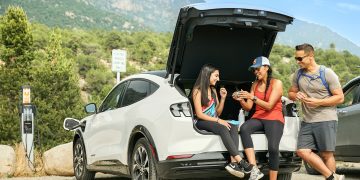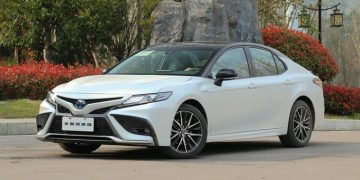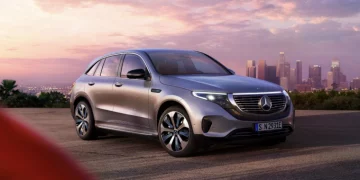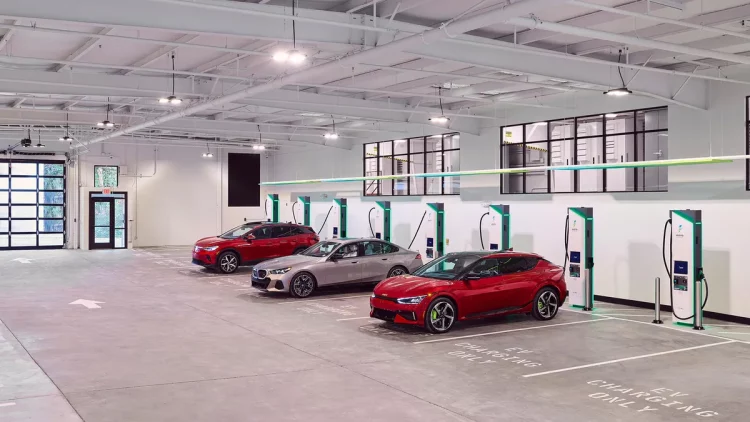Introduction: The Essential Factors Driving Electric Vehicle Adoption
The electric vehicle (EV) market has seen unprecedented growth in recent years, driven by a combination of environmental concerns, advancements in technology, and the evolving needs of consumers. However, despite the growing popularity of EVs, there are still barriers preventing their widespread adoption. Among these challenges, two key factors play a critical role in shaping consumer demand: charging infrastructure and battery range.
Charging infrastructure and battery range are not just technical specifications; they directly influence consumer perceptions of electric vehicles and their overall usability. Without a comprehensive and accessible charging network, prospective EV owners may experience anxiety about their vehicle’s range, hindering their willingness to make the switch from traditional internal combustion engine (ICE) vehicles. Similarly, the driving range of an EV, or how far it can travel on a single charge, plays a vital role in shaping consumer confidence and adoption rates. These two elements are inextricably linked, and their development will significantly influence the future trajectory of the EV market.
This article will explore the vital roles that charging infrastructure and battery range play in driving EV market demand. We will discuss how these factors interact with other elements like government policies, consumer preferences, and technological advancements. We will also analyze the evolving trends in the EV market and how these trends are shaping consumer behavior, ultimately impacting EV sales.
Charging Infrastructure: The Backbone of EV Adoption
1. The Importance of Charging Accessibility
One of the most significant barriers to EV adoption has been the availability and accessibility of charging infrastructure. Charging stations need to be as widespread, reliable, and convenient as fuel stations for traditional vehicles to ensure consumers feel comfortable transitioning to electric vehicles. For consumers, the thought of being unable to find a charging station or dealing with long wait times can create anxiety. This anxiety is often referred to as “range anxiety,” a psychological barrier to EV adoption that stems from the fear of running out of battery before reaching the next charging point.
The deployment of a comprehensive and accessible charging infrastructure is crucial in reducing range anxiety and increasing consumer confidence. In developed markets like the United States and Europe, the presence of fast-charging networks such as Tesla Superchargers and the Ionity network has significantly enhanced EV adoption by providing consumers with the convenience of long-distance travel and quicker recharging times. The growing availability of home charging options also allows consumers to charge their vehicles overnight, making the transition to EVs more seamless.
2. Urban vs. Rural Charging Infrastructure
While charging infrastructure is expanding rapidly in urban areas, rural regions still face challenges in terms of charging availability. In many cities, EV owners can easily find a charging station within a short distance, but in less densely populated areas, the number of charging stations is limited. This creates a disparity that may prevent rural consumers from embracing electric vehicles, especially those who are used to the convenience of gasoline-powered vehicles and long road trips.
To bridge this gap, governments and private companies need to invest in expanding charging infrastructure beyond urban areas. Public-private partnerships can play a significant role in ensuring that rural and remote locations are not left behind in the transition to electric mobility. Additionally, governments can offer incentives for businesses to install charging stations in key locations, including shopping centers, office parks, and highways.
3. Charging Speed: Fast Charging vs. Slow Charging
The speed at which an electric vehicle charges is another critical aspect of the charging experience. Charging stations offer different types of chargers, including slow chargers (AC chargers) and fast chargers (DC fast chargers). Fast charging is particularly important for long-distance travelers who need to quickly recharge their EVs during road trips. On the other hand, slower chargers are more suitable for everyday use, where drivers can charge their vehicles overnight at home or at work.
As the number of fast-charging stations grows, consumers will become less concerned about the inconvenience of waiting for their EV to charge. Fast-charging infrastructure is essential for ensuring that EVs become a viable alternative to traditional vehicles, particularly for those who frequently travel long distances. This also contributes to reducing “range anxiety,” which remains one of the main reasons why many consumers hesitate to switch to electric vehicles.
Battery Range: The Key to Consumer Confidence
1. The Importance of Driving Range in EVs
Battery range is another critical factor influencing the adoption of electric vehicles. The range of an EV refers to the distance it can travel on a single charge, which is directly linked to the capacity of the vehicle’s battery. As EV batteries improve and their energy density increases, so too does the driving range of electric vehicles.
In the early days of electric vehicles, range limitations were a significant concern. Many early EVs offered driving ranges of less than 100 miles on a single charge, which was insufficient for most drivers, especially those who needed to travel long distances. However, modern EVs are now capable of achieving ranges of 200 miles or more, with some high-end models like the Tesla Model S offering ranges exceeding 370 miles.
For most consumers, a range of 200-300 miles is now considered sufficient for daily use, including commuting and errands. However, long-distance travelers, such as those who frequently go on road trips, may require even greater range capabilities. As the range of EVs continues to improve, it is expected that the average driving range of mainstream EVs will surpass the needs of most drivers, making EVs a more attractive and practical option.
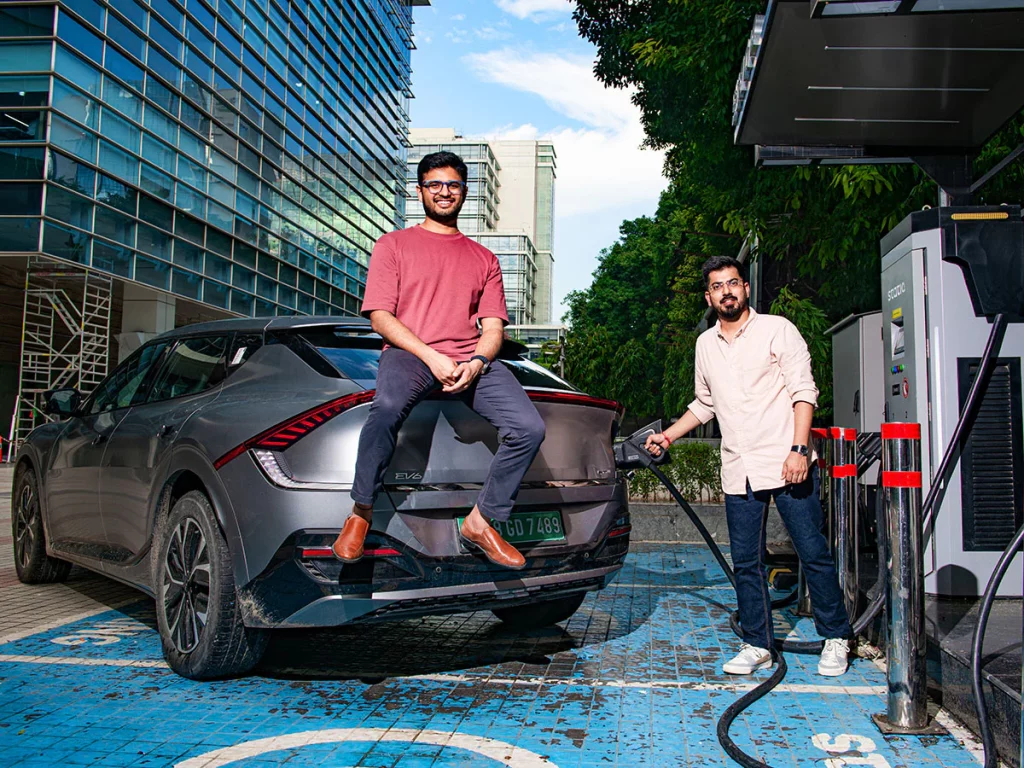
2. Range Anxiety: Addressing the Psychological Barrier
Range anxiety—the fear of running out of battery power before reaching a charging station—has been a major psychological barrier to EV adoption. Despite the growing number of charging stations and improvements in battery technology, many consumers remain hesitant to switch to electric vehicles due to concerns over the vehicle’s range.
As EV ranges continue to improve, this barrier will gradually diminish. Consumers will become more confident that their EVs can handle their daily driving needs and long trips without the risk of running out of power. Additionally, the increasing presence of fast-charging networks will reduce the time it takes to recharge, further alleviating range anxiety and making EVs more appealing to consumers.
3. The Role of Battery Technology Advancements
Battery technology is at the heart of the range debate. The development of new battery chemistries and technologies, such as solid-state batteries, lithium-sulfur batteries, and even graphene-based batteries, holds the potential to significantly increase the range and efficiency of electric vehicles. In particular, solid-state batteries are expected to offer greater energy density and faster charging times compared to current lithium-ion batteries.
As these new battery technologies come to market, the range of electric vehicles will continue to improve, making them a viable alternative to traditional combustion engine vehicles. Moreover, advances in battery recycling technologies will ensure that the environmental impact of EVs remains low, even as battery production scales up to meet demand.
Market Trends: The Impact of Charging Infrastructure and Range on Demand
1. Consumer Preferences and the Demand for Longer Range EVs
As consumer awareness of electric vehicles grows, there is an increasing demand for vehicles that offer longer ranges and more convenient charging options. This trend is particularly evident in markets like the United States and Europe, where consumers are looking for EVs that can comfortably handle both short commutes and longer trips.
Automakers are responding to this demand by developing EVs with larger batteries and improved range. For instance, several automakers, including Tesla, Chevrolet, and Ford, have introduced electric vehicles with ranges exceeding 300 miles, which are now considered standard for mainstream EVs. As battery technology improves, we can expect even longer ranges, with some vehicles capable of traveling over 500 miles on a single charge.
2. The Role of Government Policies in Charging Infrastructure Development
Government policies continue to play a pivotal role in the development of charging infrastructure. In many countries, governments are providing incentives for the installation of charging stations and for consumers to purchase electric vehicles. These policies are essential in creating the necessary infrastructure to support the growing demand for EVs.
For example, the European Union has set ambitious targets for the expansion of EV charging stations, and the United States has allocated billions of dollars to develop a nationwide charging network. These efforts will help ensure that consumers have access to the infrastructure they need to adopt electric vehicles, making it easier to switch from gasoline-powered vehicles to EVs.
3. Emerging Markets and Charging Infrastructure Challenges
In emerging markets, the development of charging infrastructure presents unique challenges. While some countries, like China, have made significant investments in EV charging networks, others face challenges in terms of limited access to reliable electricity and the high cost of infrastructure development. However, with the growing global demand for electric vehicles, emerging markets are expected to ramp up their efforts to build charging networks, which will be crucial for EV adoption in these regions.
Conclusion: The Future of EV Market Demand
Charging infrastructure and battery range are two of the most critical factors shaping the future of electric vehicle adoption. While significant progress has been made in both areas, there is still work to be done to ensure that EVs become a viable and convenient alternative to traditional gasoline-powered vehicles. The development of fast-charging networks, improvements in battery technology, and government policies will all play a crucial role in driving consumer demand and increasing the adoption of electric vehicles.
As the market continues to evolve, it is clear that charging infrastructure and battery range will remain key drivers of EV adoption, and advancements in these areas will be essential to the growth of the electric vehicle market. The combination of longer ranges, faster charging times, and accessible infrastructure will ultimately make electric vehicles more attractive to consumers, accelerating the transition to a cleaner, more sustainable automotive industry.



